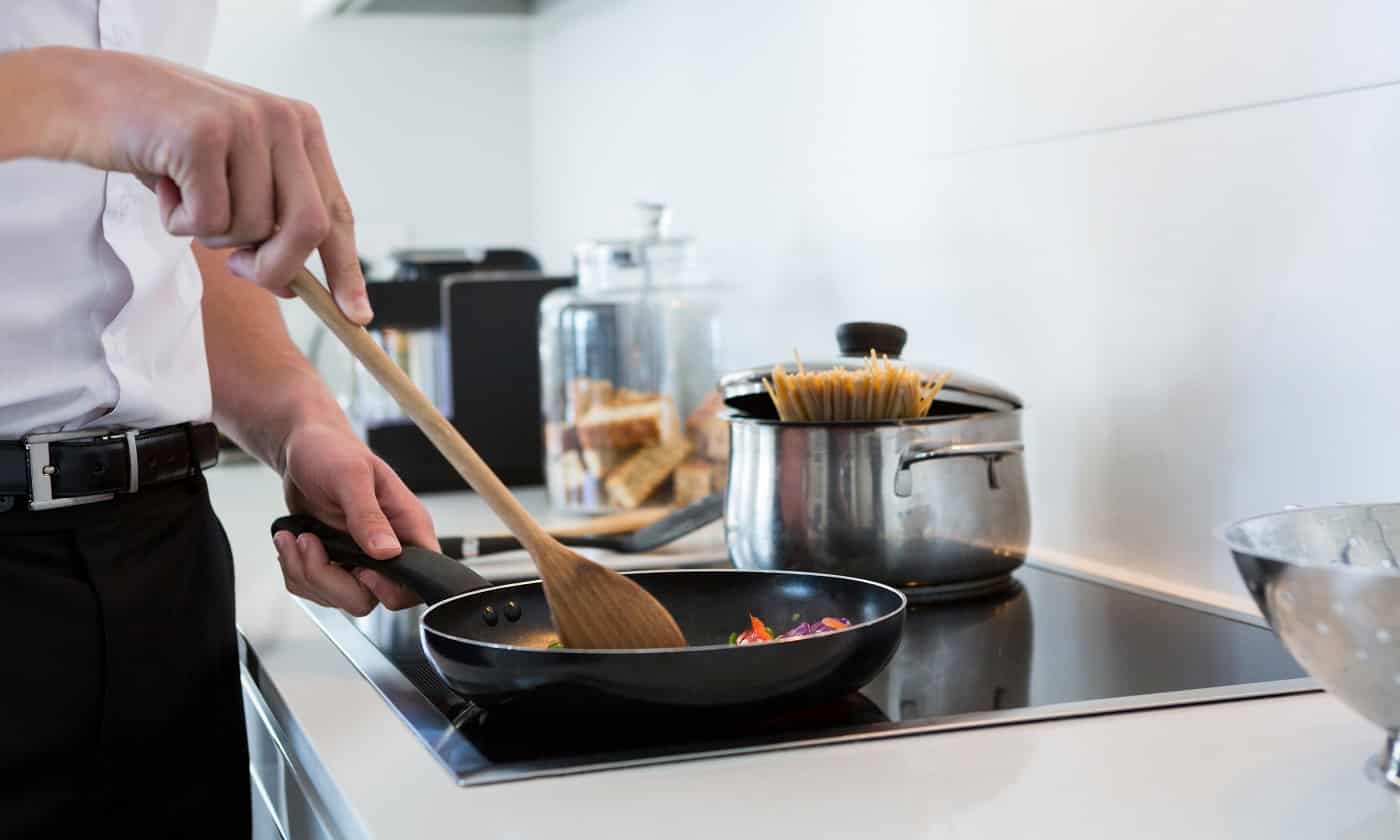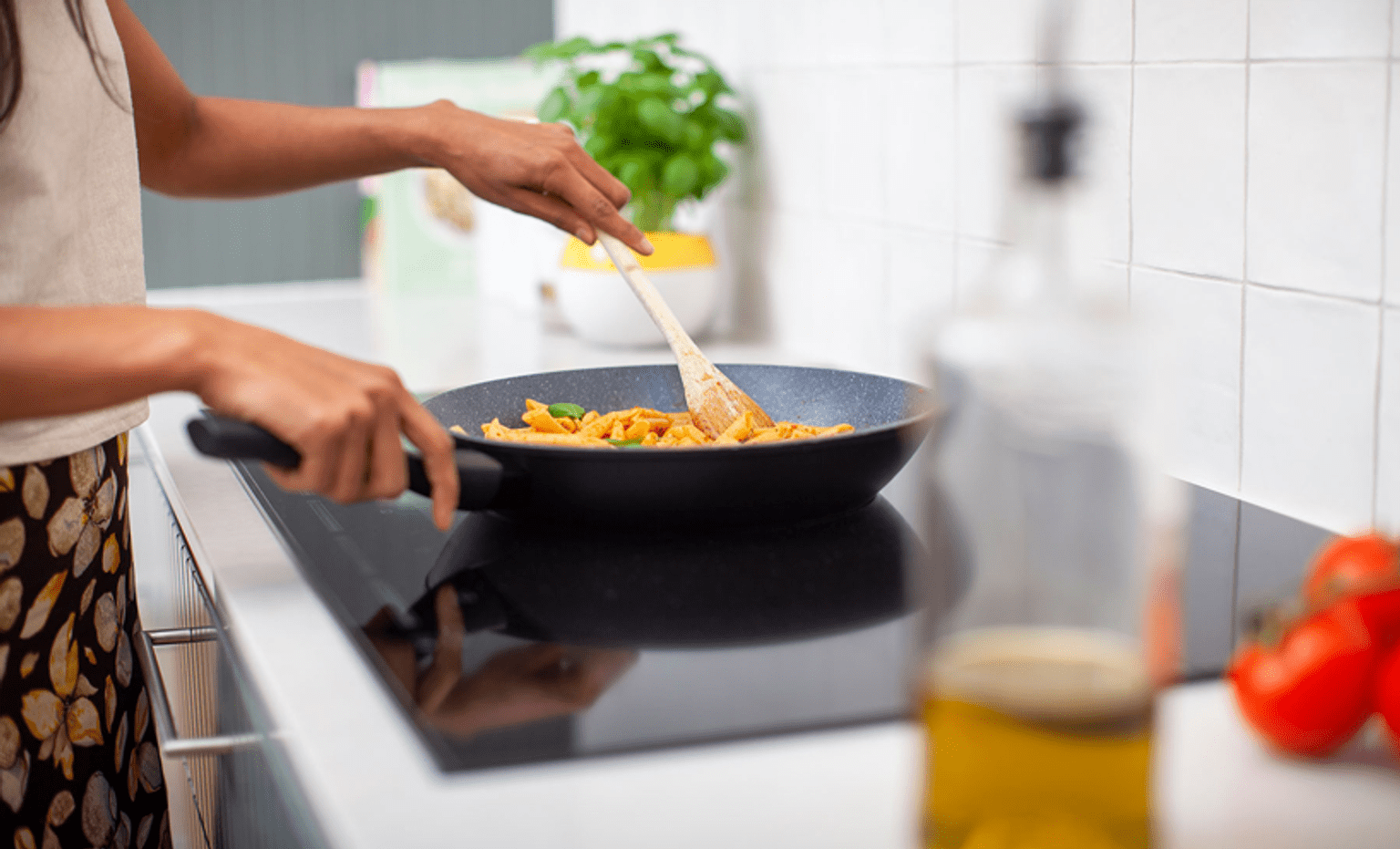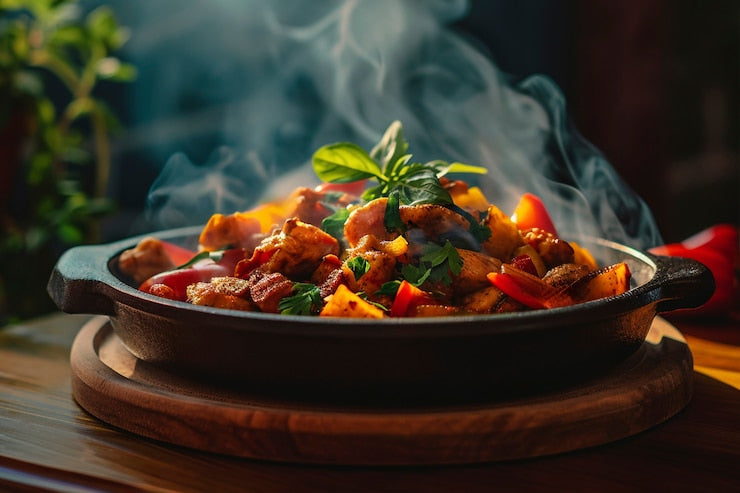In the bustling world of professional kitchens, the sizzle of a perfectly seared steak or the gentle flip of a delicate omelet can be the difference between a dish that dazzles and a culinary catastrophe. One common challenge that even seasoned chefs face is ensuring that food does not stick to the cookware. Understanding how to avoid food sticking is crucial not only for maintaining the integrity of the dish but also for prolonging the life of your cookware.
Whether you're using cast iron, stainless steel, or non-stick pans, each type of cookware requires specific techniques to prevent food from sticking. In this article, we will explore practical tips to keep your dishes intact and your cookware in top condition.

The Science Behind Food Sticking
Before diving into solutions, its important to understand the science behind food sticking. At a microscopic level, even the smoothest cookware surface is filled with tiny imperfections that can grab onto food. When heat is applied, proteins in the food bond with the metal surface, leading to sticking. This process is exacerbated by high heat and insufficient oiling of the pan.
Additionally, choosing the right pan for the job is essential. For instance, cast iron pans are excellent for high-heat cooking, while non-stick pans are better suited for delicate foods like eggs and fish.
Choosing the Right Cookware
Know Your Cookware
Different types of cookware have different sticking properties. Understanding the characteristics of your pans is the first step in learning how to avoid food sticking. Cast iron pans, for instance, develop a natural non-stick patina over time when seasoned properly. The seasoning is a layer of polymerized oils that bonds with the iron surface.
To maintain this seasoning, it's vital to avoid abrasive cleaners and high-acid foods which can strip away the layer. Regularly re-seasoning your cast iron ensures a smooth cooking surface. Learn more about maintaining your cookware by visiting How to Maintain Seasoning.
The Role of Non-Stick Pans
Non-stick pans are designed to minimize the risk of food sticking, thanks to their specially coated surfaces. However, they must be used with care to preserve their non-stick properties. Avoid using metal utensils which can scratch the coating, and never heat an empty non-stick pan excessively as it can degrade the coating.
Techniques to Prevent Sticking
Preheating the Pan
One fundamental technique in the how to avoid food sticking toolkit is preheating. Properly preheating the pan ensures that the cooking surface is evenly heated, reducing the chance of hot spots where food tends to stick. To test if the pan is ready, sprinkle a few drops of water on the surface. If they sizzle and evaporate quickly, the pan is ready for cooking.
Using the Right Amount of Oil
The right amount of oil acts as a barrier between the food and the pan. Too little oil, and the food will stick; too much, and you risk greasy dishes. A good rule of thumb is to add enough oil to just coat the pan lightly. Allow the oil to heat until it shimmers before adding your food.
Cooking Techniques to Try
Managing Heat Levels
Managing heat is another essential aspect of preventing food from sticking. Start with a medium-high flame and adjust as needed. High heat can cause proteins to stick, while too low heat can prevent proper searing, leading to sticking as well.
Another effective technique is deglazing, which involves adding a liquid like wine or broth to the pan after cooking. This not only helps in cleaning stuck bits but also enhances the flavor of your dish.
Timing and Patience
Patience is a virtue, especially in cooking. Allow the food to develop a natural crust before attempting to move it. If you try to flip or move the food too soon, it is more likely to stick. Letting the food cook undisturbed initially helps in developing a crust that releases naturally from the pan.
Conclusion
Mastering how to avoid food sticking is a skill that every professional chef should possess. By choosing the right cookware, understanding the science of cooking, and employing the right techniques, you can create flawless dishes consistently. For further insights into cookware choices, explore the article on Cast Iron vs Glass Cookware.
For more information on how different types of cookware perform on induction cooktops, visit Induction Cooktops Explained.

FAQs
Why does food stick to my stainless steel pans?
Stainless steel pans are notorious for sticking due to their smooth surface. Proper preheating and oiling are essential to minimize sticking.
Can I use high heat with non-stick pans?
No, high heat can damage the non-stick coating. It's best to cook at medium to low heat with non-stick cookware.
How often should I re-season my cast iron skillet?
Regular re-seasoning is recommended, especially after cooking acidic foods or if the pan has been scrubbed with soap.






Leave a comment
This site is protected by hCaptcha and the hCaptcha Privacy Policy and Terms of Service apply.